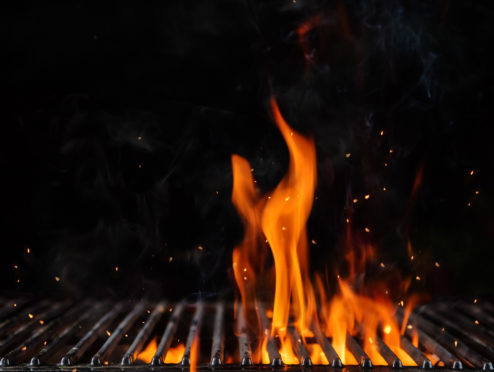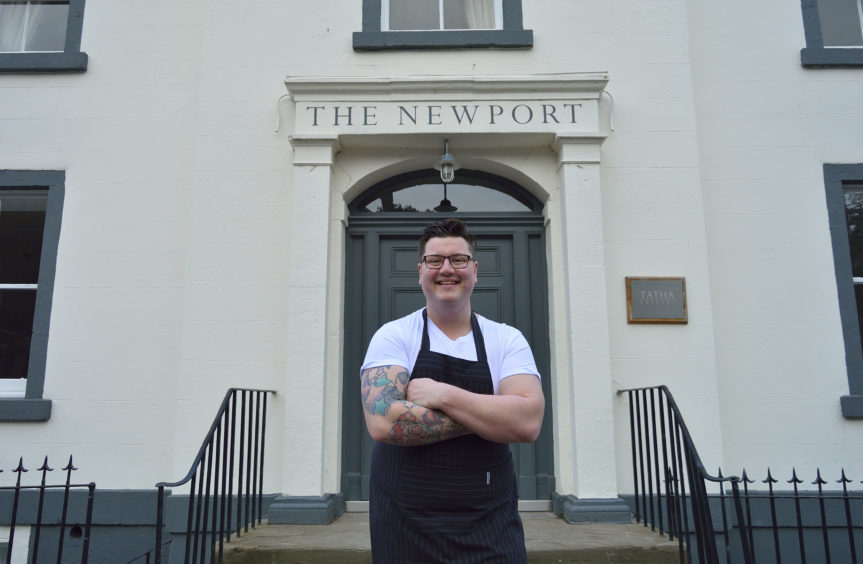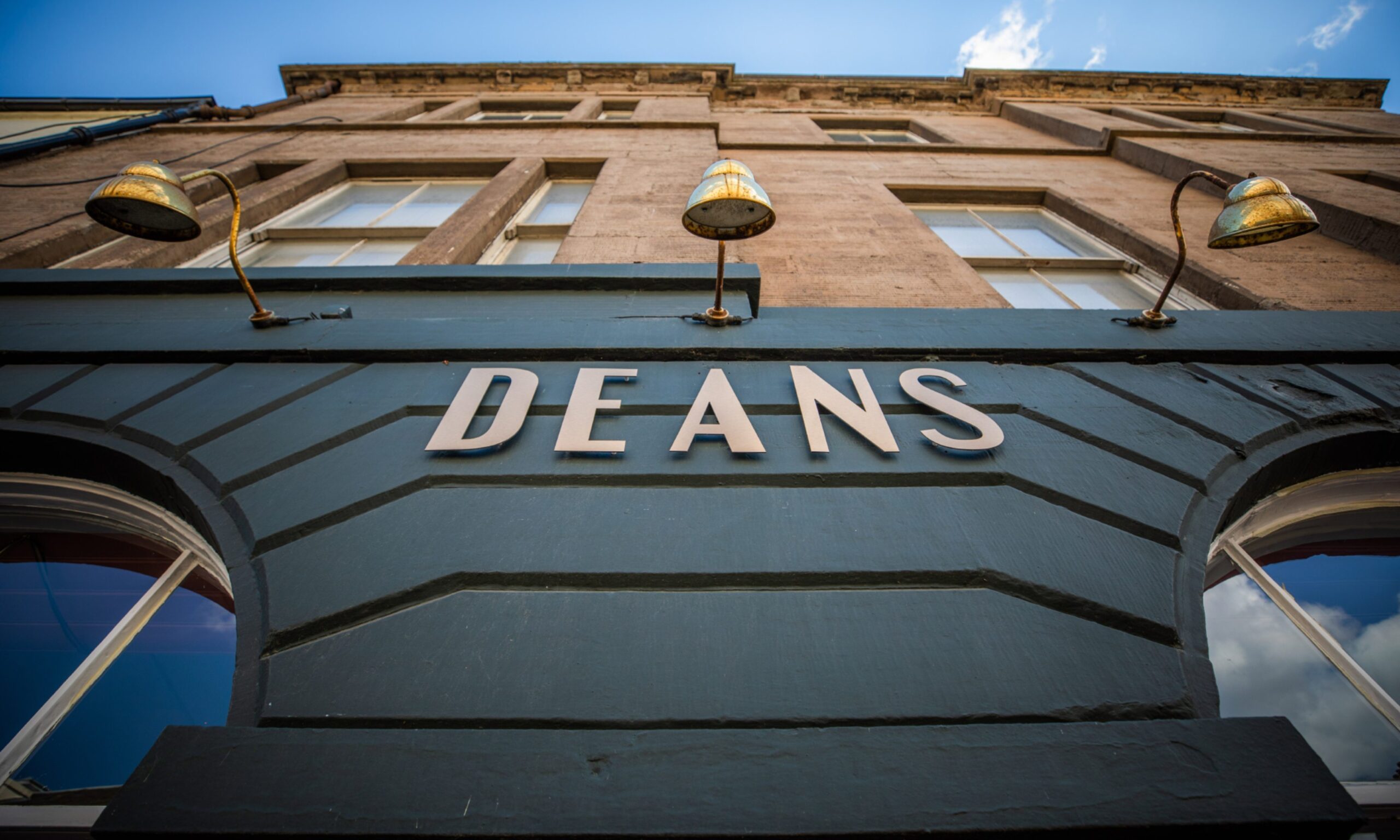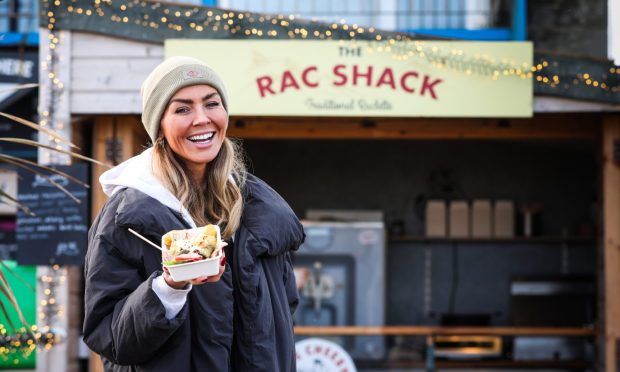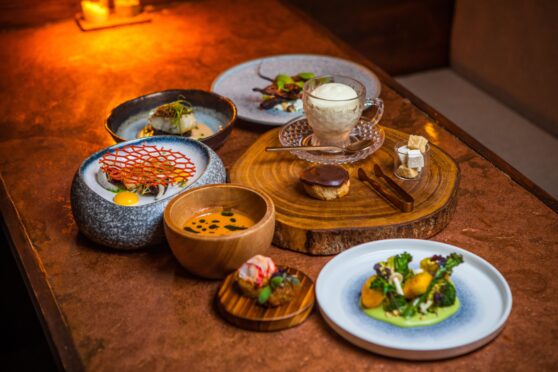Newport chef Jamie Scott fires up the barbecue – the right way
With all this amazing weather we’ve been having, also known as the two-week summer, I thought it would be quite relevant to talk about possibly my favourite method of cooking, barbecuing.
Of course it is associated with good weather and only eating outside. However nowadays we have the technology that allows us to barbecue all year round. Really you just need a good extraction system or a nice sheltered area outside.
No one is sure where the concept of the barbecue originated – probably Spanish in origin, and once it became popular in the Caribbean, the word ‘barbacoa’ came into common parlance, referring to the native method of slow cooking over a wood and fire platform.
Let’s get one thing straight though – merely throwing meat on the grill is not a barbecue, at least not in the traditional sense. While novices and amateurs will believe anything covered in barbecue sauce count as barbecue, the real thing is cooked over indirect heat, usually a wood fire, for a long time, sometimes as long as eighteen hours. This resulting flavour is a combination of smoke, meat juices, fat and whatever spices or rub have been added.
Barbeque now varies by country – Korean BBQ features thin slices of beef or pork cooked on a robata or charcoal grill and is served with rice. Argentina has asado or marinated tree meat cooked in a smokeless pit made famous by Gancho cowboys and served with chimichurri sauce.
More traditional and less known is Mongolian barbecue which is actually more like a stirfry. The US barbecue culture is big and split into four main regions – Memphis which is renowned for pulled pork shoulder in a tomato-based sauce. North Carolina smokes whole hogs or beasts served with a vinegar-based sauce. Kansas City prefers dry rubs and ribs. Lastly the Texans love beef. Eastern Texas’s relative proximity to Tennessee puts it in the pulled pork camp, but in the west, you’re likely to find mesquite grilled cowboy style brisket. My preference, however, is anything meat fish or vegetable cooked over coals and wood. Either nice and quickly like a hanger steak or ribeye to a delicious whole monkfish tail cooked on the bone and glazed with a spiced herb butter.
Chef’s tip
My tip is all about the barbecue sauce or glaze, so I will give you my recipe for my favourite sauce we use for beef, pork and lamb. In a heavy-bottomed saucepan, roast 1 whole onion, 2 apples, 4 cloves of garlic until deeply caramelised and starting to burn. Deglaze the pan with 1 heaped tablespoon of tomato puree, 100mls of red wine or cider vinegar then add 2 tbsp of dark brown sugar, 2 tsp Worcestershire sauce and 200ml beef or dark brown chicken stock. Reduce until thick and press through a fine sieve. Pressing as much as you can to extract all the caramelised flavour, you can eat it hot or cold, used as a sauce or mix with equal parts vegetable oil to make a marinade.
